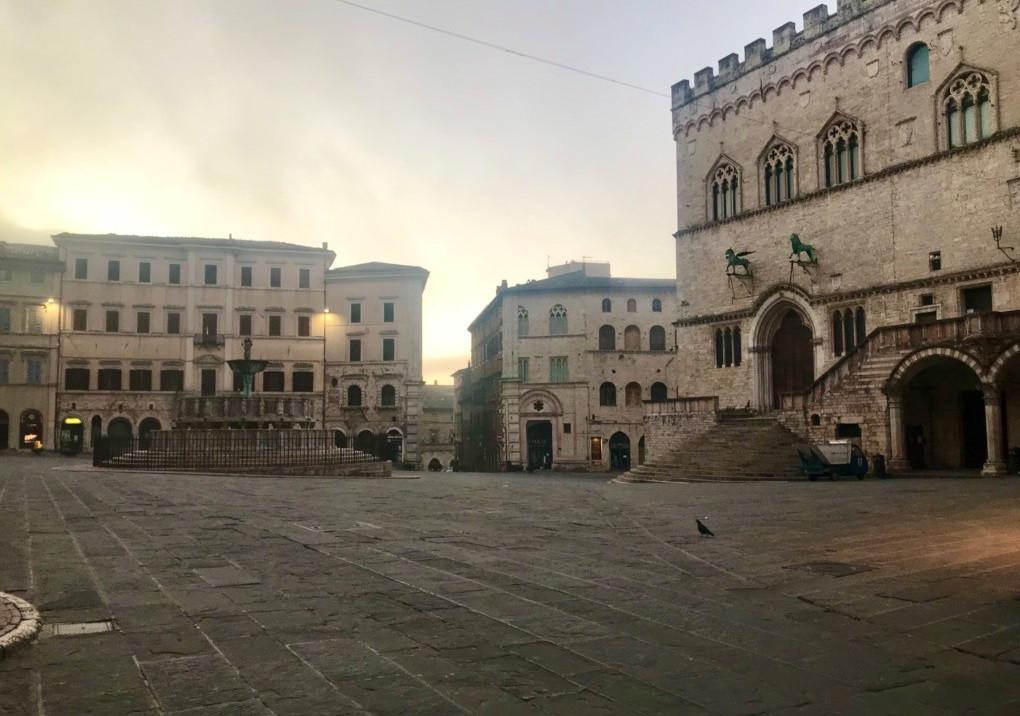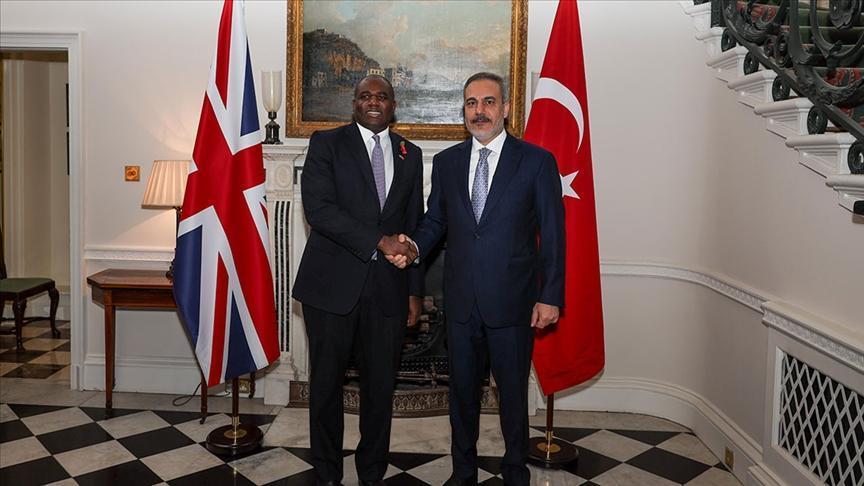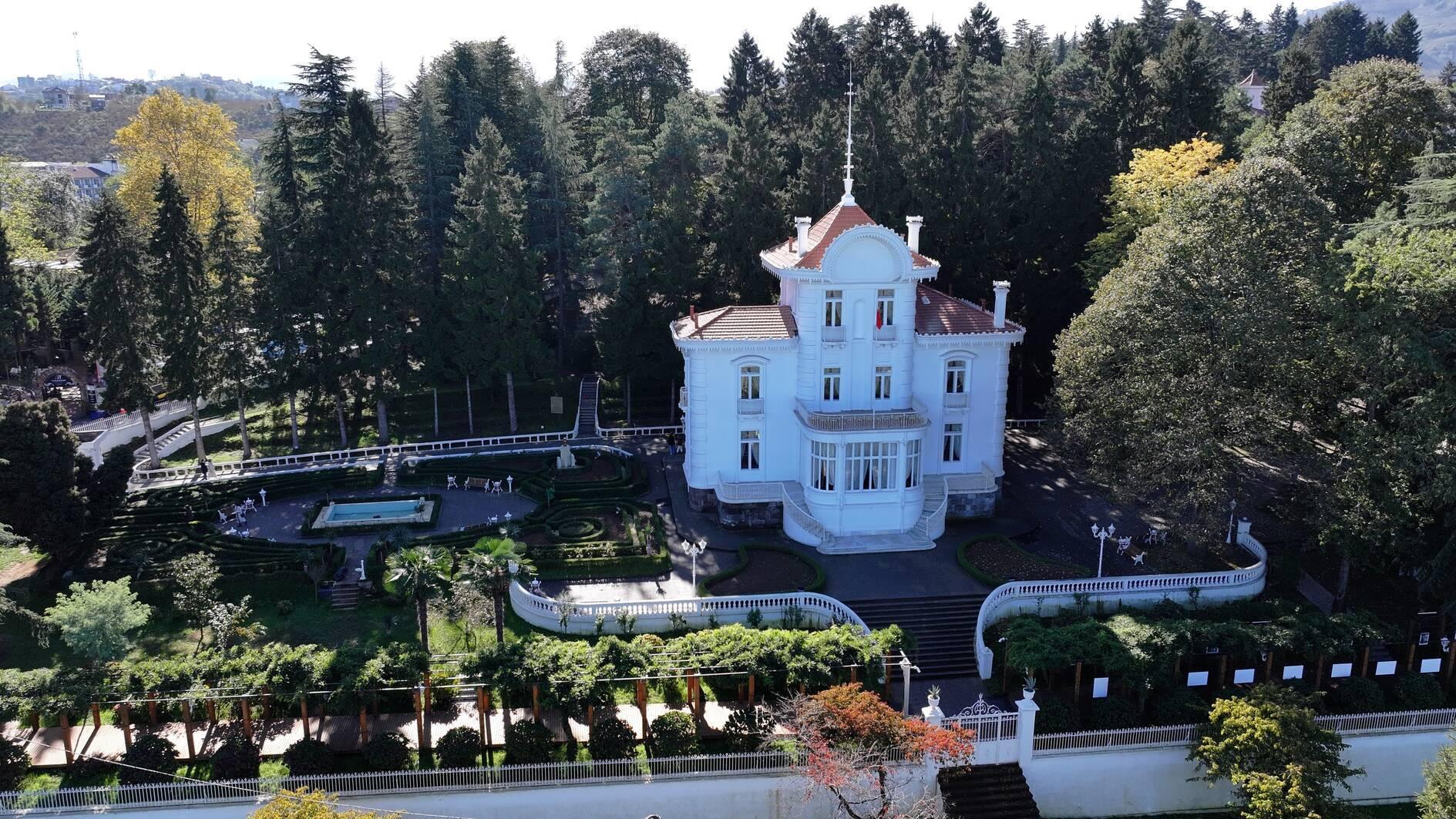Empty streets, full houses: Italians getting used to the new way of life
Aylin Başeğmez - Perugia

The Italian government has imposed a nationwide lockdown in an effort to tackle the world’s worst coronavirus outbreak outside of China. Streets that are usually busy with life and traffic are almost empty.
On Monday the TV was on as I waited for my detective series to start when suddenly the screen went black, and the news intro music started playing.
It was an emergency broadcast from Italy’s Prime Minister Giuseppe Conte, addressing the nation about the extraordinary measures the government was taking to combat the new coronavirus.
It was on every TV channel, Conte was agitated. It was apparent that he was trying to keep calm and choose his words carefully.
He announced the nationwide lockdown to limit the spread of COVID-19 and told the reporters that “there won’t be a red zone, but there will be Italy, a whole protected area.”
He went on to explain the new travel restrictions, and while he was speaking, I looked around and anxiously thought that I would be trapped here in my apartment for a very long time.
Minutes later, the prime minister, in an attempt to appeal to the younger generation, used the hashtag that’s been going on Twitter for the last couple of days, #IORESTOACASA ( I stay at home ) so it was official - we were to stay at home.
What was happening on Monday evening was radical, and while I was watching the emergency broadcast, it was slowly sinking in that this was extremely serious.
So far, there are 12,462 confirmed cases and 827 deaths in the country, which makes Italy the worst-hit country after China. As the virus keeps spreading each day, and according to Antonio Pesenti, intensive care coordinator in the Lombardy crisis unit, “the healthcare system is one step from collapse.”
For the last two weeks, every day at 18:00, we wait for the civil protection chief, Angelo Borelli, to broadcast the “Bollettino” which translates as “the war bulletin.”
During WWII, this method of communication via radio was practiced to inform the public about the number of casualties. What is going on right now is essentially the same, Borelli announces the number of confirmed cases and deaths for each day.
So here we are, 60,000,000 people placed under lockdown trying not to freak out. Now I’ve been at home for three consecutive days, the only fresh air I get is when I step out on to my balcony. The streets are empty, Italians are finally at home.
This week students started homeschooling, via various apps, they connect with their teachers and classmates and try to continue with their educations under these bizarre circumstances.
These online initiatives go beyond schools as the Italian government urges people to set home offices and adapt to “smart working.”
Adapting is the keyword here. Everyone in Italy now has to adapt to this new way of life where all the usual certainties have gone.
Cultural, religious and sporting events are prohibited. We can’t even have funerals until at least April 3.
On a positive note, we figured out that there is lots to do at home. Streaming services, e-books, podcasts and online shopping keeps us busy for now.
For example, this morning, instead of going to my usual Pilates class, I tried an online workout session. Delivery services are still active, so we can always order takeout.
Consequently, technology helps, but I have a feeling that we are going to learn very quickly that our beloved social media is not the real deal. Italy is a Mediterranean country, and Italians possess every bit of extrovert characteristic that comes with it, so not being able to socialize is starting to take its toll on people.
We hope that this nightmare will be over by the summer, but of course, nobody knows. Till then, Italians have to make great sacrifices to combat this emergency.
However, there is something each, and every one of us can do, the easiest way to help is to stay at home and limit the contagion. #iorestoacasa















